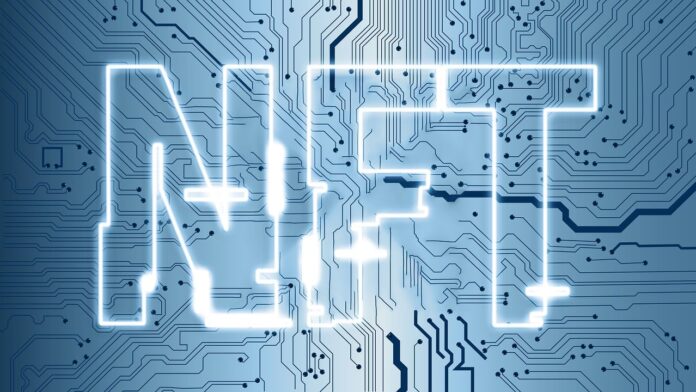Over the last several years, Non-Fungible Tokens, or NFTs, have emerged as one of the most discussed trends in the sphere of technology, art, and business. From massive sale of digital artwork, to groundbreaking application in gaming, NFT is revolutionalizing ownership in the digital space. But what are NFTs and why has everyone suddenly taken notice of this phenomenon? In this blog, we will take a closer look at what NFTs are, how they work, and what makes them so exciting to so many people.
What is an NFT?
As defined, an NFT is a digital asset that is used to represent the ownership of specific goods such as art, music, videos, or virtual land. These tokens are saved on a blockchain – a distributed and public register that guarantees the integrity and ownership of virtual assets. However, it should be noted that the NFTs are different from cryptocurrencies like Bitcoin or Ethereum because each NFT is unique and can not be replaced with other similar one.
It means that NFT is similar to a certificate of ownership that proves the owner has the first copy of a digital product. This is particularly essential especially when most contents are created or shared digitally since it offers a method through which originality as well as rarity of the digital assets may be easily ascertained.
Why NFTs Matter
To some, the idea of spending thousands of dollars on virtual commodities seems absurd at first sight. Why would somebody invest millions of dollars in a picture that can be reproduced and shared over the internet? The answer lies in the value of scarcity or ownership.
Digital Provenance: NFTs give the creators a way to show the work is original and the collectors can show they own it. This has given rise to the new digital art market where artists are able to sell their artwork directly to art consumers.
Support for Creators: While NFTs can be a way to turn art, music, and other content into a new form of monetization. Unlike other industries where artists would generate their income by selling their work, artists in the traditional art world have no control over subsequent sales or royalties. With the help of NFTs, creators are paid again every time the object is resold, which guarantees them constant income.
Ownership of Virtual Assets: NFTs also encompass more than just tokens of digital art. It can also express ownership of virtual land, virtual commodities, virtual goods and even tweets. For instance, Decentraland and The Sandbox let the users buy and sell plots of virtual real estate as NFTs; they then own exclusive virtual territories that can be used as gaming landscapes or for hosting events, or as a form of cryptocurrency speculative investment.
Interoperability: It should also be noted that NFTs can be integrated into a number of applications. A sword in one game could be an NFT that could be used in another game or sold to another game application or digital world establishing a new economy.
Criticism and Controversy
However, like all other trending things, NFTs are not exempted from controversies and criticisms. Some of the main concerns include:
Environmental Impact: The technology behind NFTs, especially the Ethereum network, is still highly dependent on energy. This has raised questions about the sustainability of NFT transactions and some people have urged developers to find more environmentally friendly blockchains.
Speculation and Market Volatility: Speculative money flows have been invested into the NFT market and certain NFTs have seen their prices soar to irrational heights. Some are concerned that the market is saturated, and that most NFTs will plummet in the future.
Copyright Issues: They also question the concepts of copyright and ownership which have emerged with the use of NFTs. For instance, what happens when a person mints an NFT of a piece that they do not possess a copyright on? Legal personalities are still lagging behind in addressing the issue of digital ownership as the world evolves at a faster pace.
The Future of NFTs
It is only now that NFTs are emerging and they are far from reaching their full potential. Apart from art and collectibles, NFTs are capable of transforming more industries than one can imagine from real estate to the intellectual property industry. Picture being able to have a fractional ownership of a physical piece of property or being able to authenticate ownership of assets in multiple virtual realities.
More research has to be carried out on the environmental impact of this technology as it grows and becomes greener with time. On the same note, the growth of decentralized finance (DeFi) and the adoption of NFTs in financial structures may also increase the application of the two.
Conclusion
Thanks to NFTs, individuals can now own digital assets in a digital format and provide creators with more control over their creations. As there are risks and doubts, the emergence of NFTs is a great example of how blockchain is capable of continuous development. If you are an artist working in the digital domain, an NFT collector, or just an interested onlooker, the future of NFTs will be interesting to follow.
